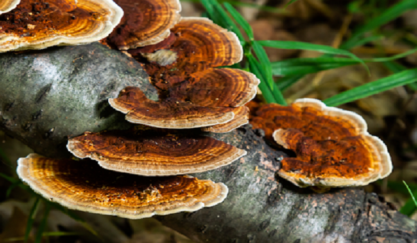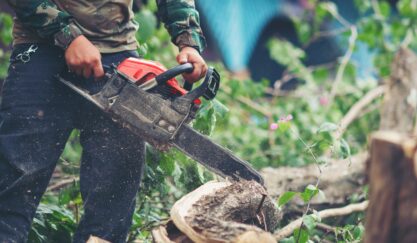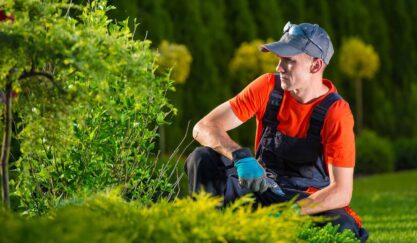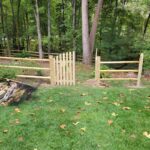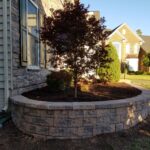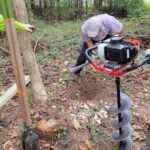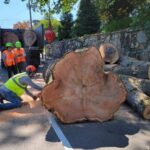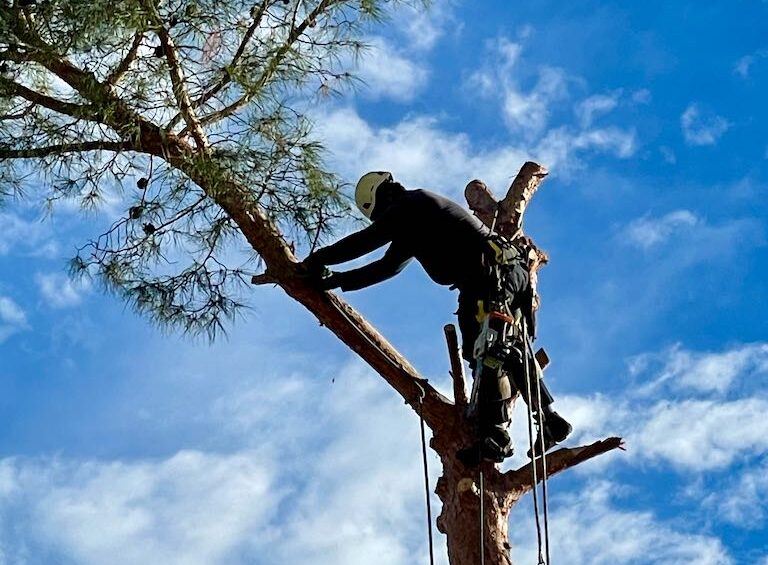

How to Save a Dying Tree
The oldest known living tree in the world is located in the White Mountains of Northern California. Its name is Methuselah, and this Great Basin bristlecone pine tree germinated in 2832 BC. This makes it 4,854 years old. The oldest known living tree in Europe is the Italus, a Heldreich’s pine tree in southern Italy that comes in at a young 1,234 years old. It makes your backyard oak tree at 110 years old a teenager by comparison. While it might be amazing to have all our trees live to a thousand years, the reality is that most home or business owners will face the task of deciding what to do with a dying tree.
Here are some FAQs about sick and dying trees with answers provided by the experts at Solar Landscaping & Tree Service. We offer professional advice and service for your healthy and not so healthy trees.
What are the signs of a dying tree?
Crunchy leaves, brown leaves, or lack of leaves. When a tree’s foliage becomes crunchy and falls off during spring and summer while its neighbors shine brightly, there is likely a problem. It may be that some branches are full of healthy leaves while others are bare. Depending on the species of tree, signs such as a tree with fewer leaves than one of the same species nearby or evergreens with red, yellow, or brown needles also mean your tree needs attention. When the leaves don’t look right, feel right or sound right, err on the side of caution and get professional help.
Dead sticks and branches. Healthy branches bend. The elasticity of trees allows them to survive windstorms and other severe weather conditions. If branches snap or crack too soon, they are likely dead. One or two dead branches may not necessarily mean the entire tree is on its way out. Increasing amounts of dead wood indicate a sick or dying tree and ignoring the problem can be a potential hazard to your property.
Bark
Cracks in the trunk and loose bark. The bark of dying trees becomes loose and begins to fall off. Vertical cracks in the bark along the trunk may go deep into the wood. Cracks result in weakness and can compromise the tree’s structure. Again, maple and birch trees among others naturally shed bark, so pay attention to your species of tree and what bark should look like. Most of the time, missing bark is not good.
Softness, decay, and pests. If it isn’t related to waterlogging, bark that falls off to the touch and wood that feels spongy are indicative of a dying tree. Pests such as carpenter ants or bark beetles also prefer hosts that are weakened, dying or already dead. Bacterial and fungal infections also affect trees and might appear as discolored areas on the bark known as cankers. An abundance of mushrooms at the base of the tree or on the tree are indications of rot in the trunk.
Leaning trees. If a tree leans more than 15 degrees from vertical, there might be root damage or damage from wind. Unfortunately, large trees that have tipped as the result of intense winds do not usually recover and eventually die. The root system of dying trees becomes weak and can cause a tree to lean. The roots are no longer able to hold their place in the soil. Leaning trees need immediate attention because they can be an immediate safety hazard.
Can you save a dying tree?
Sometimes, you can save a dying tree, but you will want the assistance of a professional arborist. Call Solar for top notch McLean tree service and surrounding areas, as well as Bristow, Virginia, and neighboring communities. Your arborist will identify the problem and provide the best advice to diagnose and treat your tree. You will be notified if it is best to remove the tree rather than attempt to save it.
How do you treat a dying tree?
With regular tree care and maintenance including pruning, preventative treatment for pests and disease, as well proper watering and nutrition, your trees will remain healthy. Treating a sick or dying tree depends on the identified cause.
For example, an elm tree might succumb to Dutch Elm disease. It spreads rapidly through microfungi on the American or European bark beetle. Signs include wilting and gradually yellowing of branches from the crown of the tree to the base. Branches dry and turn brown. This can be treated with removal of the infected parts and/or administration of fungicidal injections. Treatment for Dutch Elm disease is most successful when caught at an early stage.
American Chestnut blight is another disease caused by the pathogen Cryphonectria parasitica. Signs include unusual orange- or yellow-colored spots on the tree trunk and branches. Under humid conditions, yellow-colored spores might exude from the affected area of the tree. This disease requires professional tree services and can be treated with a soil compress method or hypovirulence transfer, which introduces a virus that kills the Cryphonectria pathogen.
Other diseases that may cause a tree to die include fire blight, powdery mildew, or sudden oak death. Pathogens are not the only cause of dying trees. Underwatering, overwatering, and over-pruning can lead to the premature death of a tree. Rely on a quality tree cutting company like Solar Landscaping & Tree Service to maintain your healthy trees and service your trees that might be faring poorly.
Stressed trees and ‘half-dead’ trees may be salvageable, but it is vital that you treat trees at the first sign of a problem rather than wait until it is too late.
Why Remove a Dead Tree?
Tree removal may seem like a last resort because mature trees add value to your property and are home to an entire ecosystem of wildlife. However, a dying or dead tree can pose a risk to neighboring healthy trees as diseases spread. They can also pose a risk of damaging your home or other property if they fall over or lose large branches during bad weather. Most importantly, a dead tree poses significant risk for personal injury. Contacting tree removal companies to solve these potential problems is the right decision, especially if it involves cutting down a large tree.
In Eastern Virginia, the extensively trained and certified arborists at Solar Landscaping & Tree Service are ready to inspect your problem trees and offer just the right solution. If you searched “tree service near me” and were overwhelmed with the results, you are not alone. You don’t need to search any further than Solar Landscaping & Tree Service. For tree branch removal in McLean to complete tree removal in Bristow, one call will get the job done right. Call today 703-530-8660 for superior service at a fair price.


